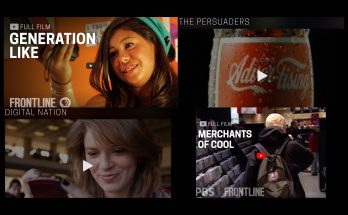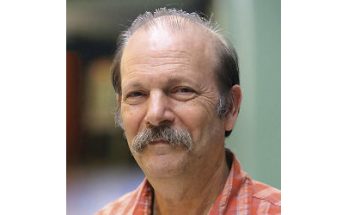“How Open-Source Intelligence Is Helping Clear The Fog Of War In Ukraine”
BuzzFeed News, March 2, 2022
Science / Ukraine
By Peter Aldhous & Christopher Miller
“From high-resolution satellite images to TikTok videos, governments no longer control information from the front lines.”
Hours before Vladimir Putin announced the start of “special military operations” on the morning of Feb. 24, Moscow time, a small team of researchers based in Monterey, California, knew that Russia’s invasion of Ukraine had begun.
Watching the traffic layer on Google Maps for the main road from Belgorod, Russia, to Ukraine’s second city, Kharkiv, analysts at the Middlebury Institute of International Studies saw a “traffic jam” appear at 3:15 a.m., local time. It was right at the spot where a graduate student, Steven De La Fuente, had earlier seen the buildup of armored personnel carriers, mobile missile launchers, and other military vehicles on high-resolution images from a commercial satellite that can pierce clouds and fog using radar. He had been scouring imagery for the region after TikTok videos posted by Russian civilians appeared to show hardware including Buk surface-to-air missile launchers.
The only reasonable explanation for the signal on Google Maps was that the Russian armor was now on the road, blocking progress for the few civilians traveling at night and whose smartphones were sending location data to Google’s servers.
“Someone’s on the move,” tweeted Jeffrey Lewis, an arms control expert who heads the Middlebury team.
The Middlebury researchers’ success in documenting Russia’s military buildup and detecting the start of the invasion shows how open-source intelligence, or OSINT, has changed the geopolitical and military environment. No longer do governments have exclusive access to the technology that puts eyes on the battlefield. That means they no longer control the narrative in the way they once did.
About the Authors:
Peter Aldhous is a science reporter for BuzzFeed News and is based in San Francisco.
Christopher Miller is a reporter for BuzzFeed News and is based in New York.






